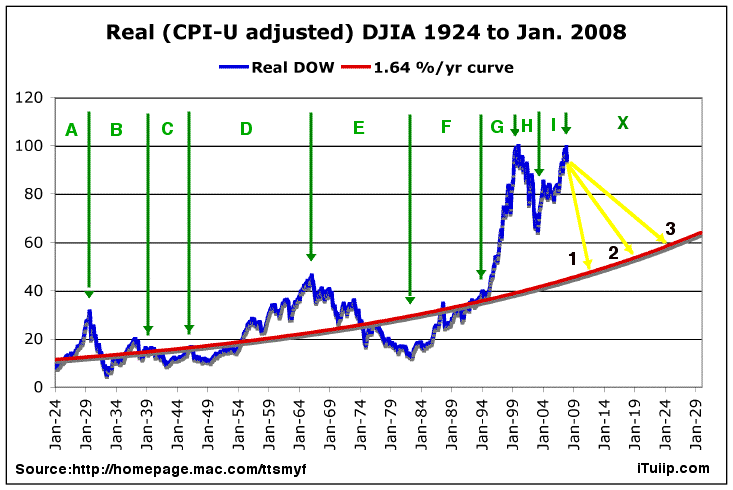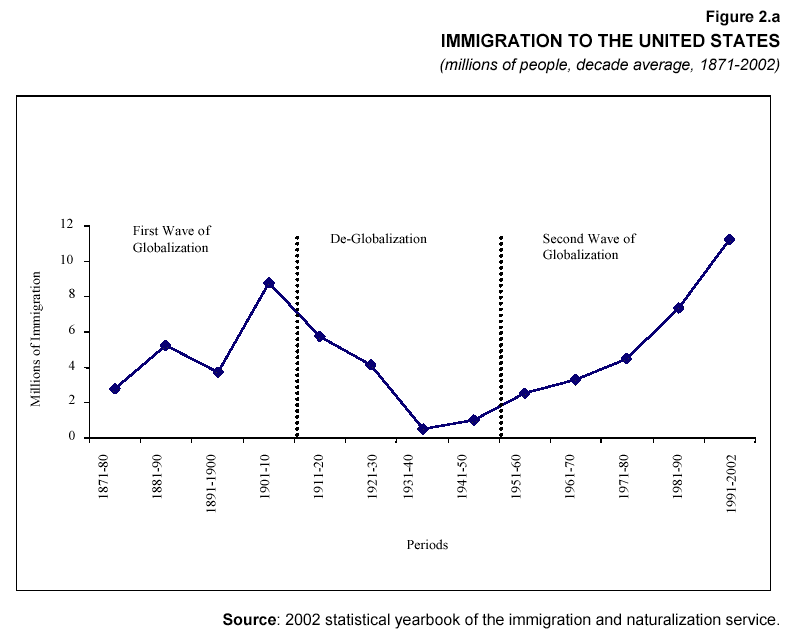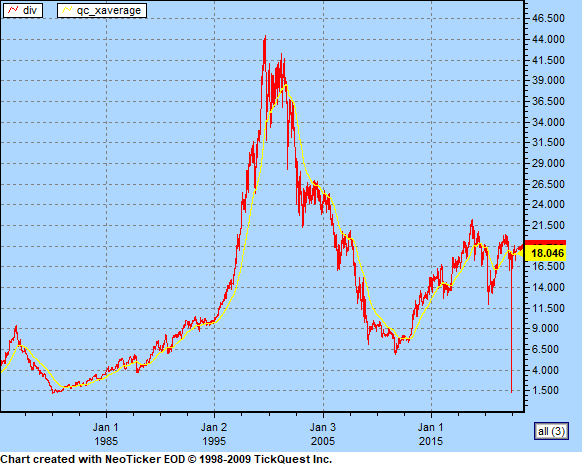Here: http://www.youtube.com/watch?v=PlkBo26OM-Y
This is really one for the ultra bearish. He sounds like he suffer from chronic depression, from listening to his voice, so his forecast does not surprise me.
http://longwavegroup.com/home.html
This is really one for the ultra bearish. He sounds like he suffer from chronic depression, from listening to his voice, so his forecast does not surprise me.
http://longwavegroup.com/home.html
 ].
].






Comment